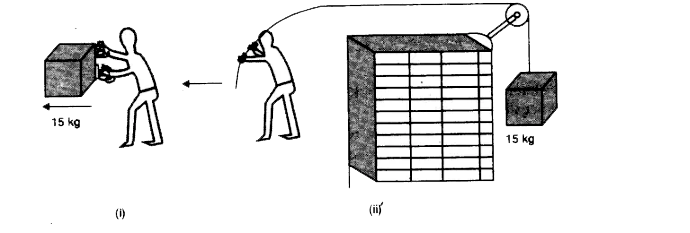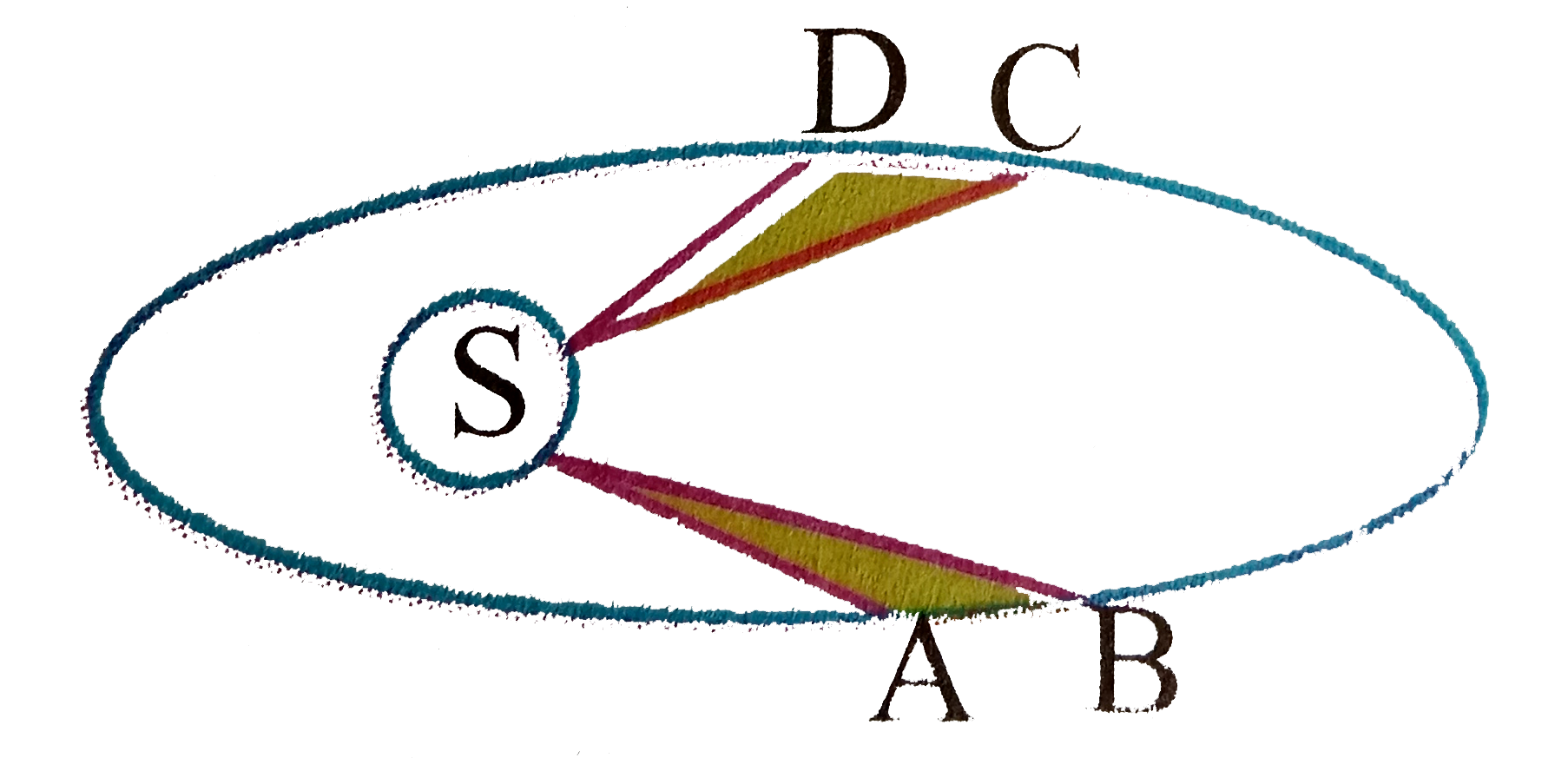We know that both Moon and the sun produce our ocean tides. We also know that moon plays the greater role because it is closer. Does its closeness mean it pulls with more gravitational force than the sun on the Earth's oceans?
To determine whether the closeness of the Moon means it pulls with more gravitational force than the Sun on the Earth's oceans, we need to analyze the gravitational forces involved.
1. Understanding Gravitational Force:
The gravitational force F between two masses m1 and m2 separated by a distance r is given by Newton's law of gravitation:
F=Gm1m2r2
where G is the gravitational constant.
2. Mass of the Moon and Sun:
- The mass of the Moon (mmoon) is approximately 7.35×1022 kg.
- The mass of the Sun (msun) is approximately 1.99×1030 kg.
- The Sun has a significantly larger mass than the Moon.
3. Distance from Earth:
- The average distance from the Earth to the Moon (rmoon) is about 3.84×108 meters.
- The average distance from the Earth to the Sun (rsun) is about 1.496×1011 meters.
4. Calculating Gravitational Force:
- The gravitational force exerted by the Moon on the Earth’s oceans can be calculated using the formula:
Fmoon=Gmmoon⋅moceanr2moon
- The gravitational force exerted by the Sun on the Earth’s oceans is:
Fsun=Gmsun⋅moceanr2sun
5. Comparing Forces:
- Although the Moon is closer to the Earth, the force exerted by the Sun is much larger due to its mass.
- The gravitational force from the Sun is greater than that from the Moon because:
Fsun≫Fmoon
- However, the effect of the Moon is more pronounced in terms of tides because the tidal force depends on the difference in gravitational pull across the Earth’s oceans.
6. Conclusion:
- The Moon does not pull with more gravitational force than the Sun on the Earth's oceans. Instead, the Moon's proximity allows it to have a greater tidal effect despite the Sun's larger gravitational force.
The gravitational force F between two masses m1 and m2 separated by a distance r is given by Newton's law of gravitation:
F=Gm1m2r2
where G is the gravitational constant.
- The mass of the Moon (mmoon) is approximately 7.35×1022 kg.
- The mass of the Sun (msun) is approximately 1.99×1030 kg.
- The Sun has a significantly larger mass than the Moon.
- The average distance from the Earth to the Moon (rmoon) is about 3.84×108 meters.
- The average distance from the Earth to the Sun (rsun) is about 1.496×1011 meters.
- The gravitational force exerted by the Moon on the Earth’s oceans can be calculated using the formula:
Fmoon=Gmmoon⋅moceanr2moon
- The gravitational force exerted by the Sun on the Earth’s oceans is:
Fsun=Gmsun⋅moceanr2sun
- Although the Moon is closer to the Earth, the force exerted by the Sun is much larger due to its mass.
- The gravitational force from the Sun is greater than that from the Moon because:
Fsun≫Fmoon
- However, the effect of the Moon is more pronounced in terms of tides because the tidal force depends on the difference in gravitational pull across the Earth’s oceans.
- The Moon does not pull with more gravitational force than the Sun on the Earth's oceans. Instead, the Moon's proximity allows it to have a greater tidal effect despite the Sun's larger gravitational force.
Topper's Solved these Questions
- BOOK - PRADEEPCHAPTER - GRAVIATIONEXERCISE - CONCEPTUAL PROBLEMS II.1videos
GRAVIATION
- BOOK - PRADEEPCHAPTER - GRAVIATIONEXERCISE - CONCEPTUAL PROBLEMS III.1videos
GRAVIATION
- BOOK - PRADEEPCHAPTER - GRAVIATIONEXERCISE - CONCEPTUAL PROBLEMS I.1videos
GRAVIATION
- BOOK - PRADEEPCHAPTER - BEHAVIOUR OF PERFECT GAS & KINETIC THEORYEXERCISE - Assertion - Reason Type questions14videos
BEHAVIOUR OF PERFECT GAS & KINETIC THEORY
- BOOK - PRADEEPCHAPTER - KINEMATICSEXERCISE - 1 NCERT Comprehension4videos
KINEMATICS
Similar Questions
Read the passage and answer the following questions.
Tides are the rise and fall of sea levels caused by the combined effects of the gravitational forces exerted by moon and sun and rotation of earth. High tide and low tides are two types of tides which occur at different times at different places. The level of water in the sea changes because of the gravitational force exerted by the moon. Water directly under the moon gets pulled towards the moon and the level of water goes up causing high tide at place. At two places on the Earth at 90∘ from the place of the high tide, the level of water is minimum and low tide occur.
a. What is tide?
b. How high tide and low tide occur?
c. How do the level of water change in the sea?View SolutionAnswer the following:
a) The casing of a rocket in flight burns up due to friction. At whose expense is the heat required for burning obtained? The rocket or the atmosphere?
b) Comets move around the sun in highly elliptical orbits. The gravitational force on the comet due to the sun is not normal to the comet's velocity in general. Yet the work done by the gravitatonal force over every complete orbit of the comet is zero. Why?
c) An artificial satellite orbiting the earth in very atmosphere loses its energy grdually due to dissipation against atmospheric resistance, howerver small. Why then does its speed increase progressively as it comes closer and closer tothe earth? d)In fig i) the man walks 2m carrying a mass of 15 kg on his hands. In Fig ii) he walks the same distance pulling the rope behind him. The rope goes over pulley, and a mass of 15 kg hangs at its other end. In which case is the work done greater?
 View Solution
View Solution
Knowledge Check
- Question 1 - Select One
The motion of a planet around sun in an elliptical orbit is shown in the following figure. Sun is situated at one focus. The shaded areas are equal. If the planet takes time t1 and l2 in moving from A to B and from C to D respectively, then
 A3GMmaB5GMmaCGMmaDnone of the above
A3GMmaB5GMmaCGMmaDnone of the above - Question 2 - Select One
The motion of a planet around sun in an elliptical orbit is shown in the following figure. Sun is situated at one focus. The shaded areas are equal. If the planet takes time t1 and l2 in moving from A to B and from C to D respectively, then
 A−3GMm4aB−3GMm8aC−GMm5aDnone of these
A−3GMm4aB−3GMm8aC−GMm5aDnone of these - Question 3 - Select One
Assertion : On earth's satellite, we feel weightlessness. Moon is also satellite of earth. But on the surface on moon, we do not feel weightlessness
Reason : Gravitational force by earth on us on the surface of moon is zero. But gravitational force by moon on us on its surface is non-zero.AIf both Assertin and Reason are correct and Reason is the correct explanation of AssertionBIf both Assertion and Reason are correct but Reason is not the correct explanation of AssertionCIf Assertion is true but Reason is falseDIf Assertion is false but Reason is true
Answer the following:
a) The casing of a rocket in flight burns up due to friction. At whose expense is the heat required for burning obtained? The rocket or the atmosphere?
b) Comets move around the sun in highly elliptical orbits. The gravitational force on the comet due to the sun is not normal to the comet's velocity in general. Yet the work done by the gravitatonal force over every complete orbit of the comet is zero. Why?
c) An artificial satellite orbiting the earth in very atmosphere loses its energy grdually due to dissipation against atmospheric resistance, howerver small. Why then does its speed increase progressively as it comes closer and closer tothe earth? d)In fig i) the man walks 2m carrying a mass of 15 kg on his hands. In Fig ii) he walks the same distance pulling the rope behind him. The rope goes over pulley, and a mass of 15 kg hangs at its other end. In which case is the work done greater?
 View Solution
View SolutionAnswer the following: (a) You can shield a charge from electrical forces by putting it inside a hollow conductor. Can you shield a body from the gravitational influence of nearby matter by putting it inside a hollow sphere or by some other means? (b) An astronaut inside a small spaceship orbiting around the Earth cannot detect gravity. If the space station orbiting around the Earth has a large size, can he hope to detect gravity? (c) If you compare the gravitational force on the Earth due to the Sun to that due to the Moon, you would find that the Sun’s pull is greater than the Moon’s pull. (You can check this yourself using the data available in the succeeding exercises). However, the tidal effect of the Moon’s pull is greater than the tidal effect of Sun. Why?
View SolutionAnswer the following: (a) You can shield a charge from electrical forces by putting it inside a hollow conductor. Can you shield a body from the gravitational influence of nearby matter by putting it inside a hollow sphere or by some other means? (b) An astronaut inside a small spaceship orbiting around the Earth cannot detect gravity. If the space station orbiting around the Earth has a large size, can he hope to detect gravity? (c) If you compare the gravitational force on the Earth due to the Sun to that due to the Moon, you would find that the Sun’s pull is greater than the Moon’s pull. (You can check this yourself using the data available in the succeeding exercises). However, the tidal effect of the Moon’s pull is greater than the tidal effect of Sun. Why?
View SolutionThe earth revolves round the sun because the sun attracts the erth. The sun also attracts the moon and this force is about twice as large as the attraction of the earth on the mon. Why does the moon not revolve round the sun? Or does it?
View SolutionWe know that the Sun is fundamental source of all energy that we use. Huge amount of energy is being produced in the Sun and this energy is radiated all around in the form of electromagnetic waves of several possible wavelengths. We can treat the Sun as a point source because it radiates energy uniformly in all directions. Intensity of wave at a point is defined as amount of energy passing that point per unit time and per unit area. We know that Earth is at a distance approximately 1.5×1011 m from the Sun and assume that intensity of radiation of the Sun reaching Earth's surface is 103 W/m2.
How much force is applied by the radiation on a roof is size 9m×10m. Assume that materical of roof is perfectly absorbing .View Solution

